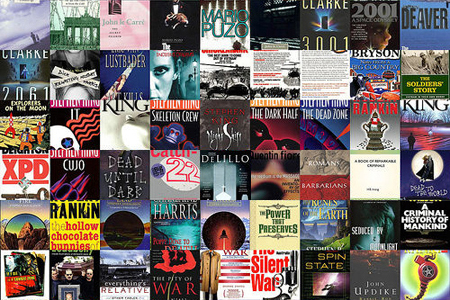|
|||||||||||||||||
|
Crowdsourcing puts design into perspective |
|||||||||||||||||
|
There is no moral or ethical dilemma involved in spec work. And, there is no point arguing for or against spec work outside of specific project merits. The only real consideration is strategic. There is no need to crack down on spec work and crowdsourcing, they both reflect an inherent attribute of capitalism. Free market forces work to retain the most value and expurge the ineffective. No socialist call to action against such a relentless mechanism is likely to hold water for long. Crowdsourcing is only going to get more sophisticated and better at harnessing real value at an appropriate price. Design is generally misunderstood and over-valued. Savvy clients don't buy design, they buy value added content well formed. Gone are the days of design consultancies. Brand consulting is far more effective. Design is completely subject to branding. Design is not sacrosanct, it is a given in branding. Form-giving on its own cannot be bought because design in the absence of value added content is of little value. It is the extent to which design adds value that has been highlighted by crowdsourcing. If content and/or technique is commonly held then the value of either, or in combination will be low. Content provided for speculative work is generally not formated to provide the opportunity to develop said content significantly beyond the form in which it is offered. This insight alone should be enough to put creative people off speculative work, including clients. And so, we should assume that Tim Ferris doesn't expect much from designers, he appears to view them as form-givers exclusively. He also appears to treat insights valuable to his project as commonly held and therefore, perhaps unwittingly, of common value. Albeit in part, crowdsourcing is the strategy Tim Ferris has chosen to deliver his content. This is entirely his prerogative. It is a decision that will have a lasting impact on how his content is perceived. I expect his content warrants this kind of treatment as he has aligned it with crowdsourcing, irrevocably. I think design is being commodified into an appropriate place by crowdsourcing and spec work. Too much value has been attributed to design recently, particularly in light of the success of brands such as Apple and Ikea. Design as an activity needs to be cut down to size and put into perspective – relative to the process of branding any product or service. Crowdsourcing should be celebrated for identifying the limits of design. Let the crowdsourcers crowdsource, they get the value they deserve. To be more clear and with the aim of drawing meaningful and better considered responses to the position I've proposed, crowdsourcing has forced a re-evaluation of design. No bleating about spec work is going to change the value of design. This certainly won't stop hordes of previously disadvantaged people from discovering the joys of mass market design tools and offering to work for nothing to learn about a poorly understood medium. Most people assume to know design, particularly designers. Many designers and clients fail to realise that design doesn't carry the weight they assume it to have. Design-buyers have good reason to hold design with suspicion because no one has defined it adequately. Ironically, it is generally obfuscated in ignorance by those who promote it – the designers themselves. Design is not art, design is not creativity and design is certainly not an all encompassing approach to life. Design is form-giving... exclusively. Form-giving only has meaning when the content it describes enables greater intervention in the world. Design is one of many factors that enables content to be effective. It is not the source of the effectiveness or the reason the content is brought into existence. Design is closely associated with content and content may be generated with the aim of applying design to it. Creative designers may generate content but design as an activity has nothing to do with generating content. Value lies in effective and meaningfully directed content. Crowdsourcing is unlikely ever to be able to add this sort of value where it really counts. Potential clients are either under the same spell about design as designers and they take chances in confusion hoping for the best or they exploit designers because they have identified the achilles heel of the design industry. Creative people should know better than to engage potential clients on this basis. Over-value and exploitation go hand-in-hand. The emperor has no clothes! | |||||||||||||||||
|
View original post on the Ideas on Ideas blog | |||||||||||||||||
|
Top |
| ||||||||||||||||
